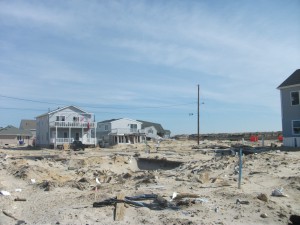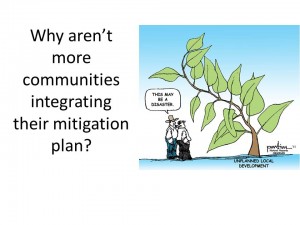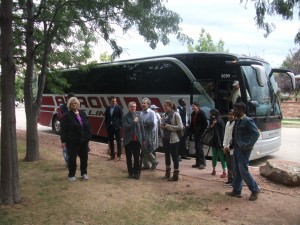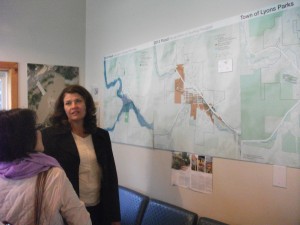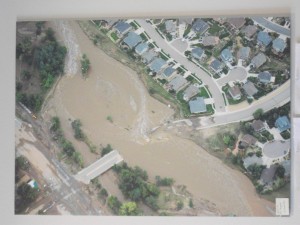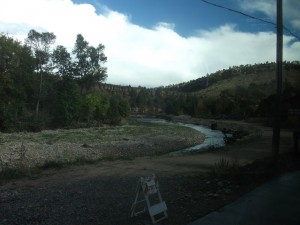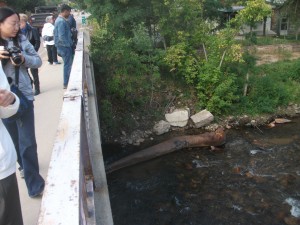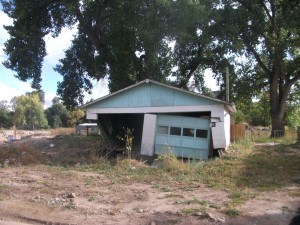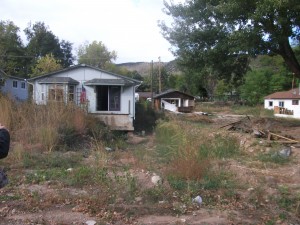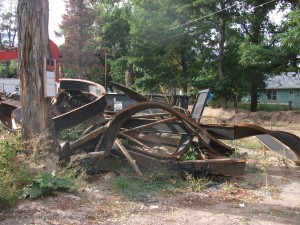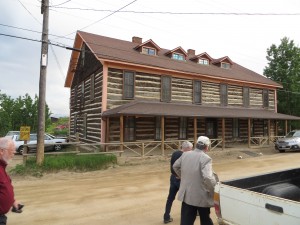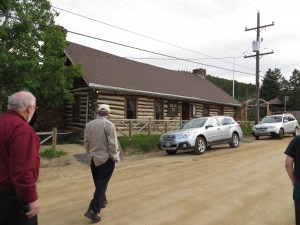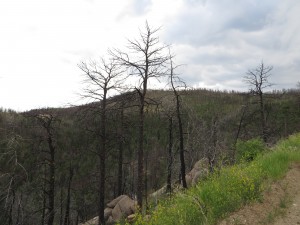In recent years, there has been growing interest in and activity around the concept of resilience. For many people long involved in trying to make the world’s communities safer from disasters, the interest has been heartwarming. The underlying idea is that a community should be better positioned to “bounce back” from a disaster, recovering more efficiently and quickly. A major natural disaster—tornado, hurricane, earthquake—need not be a death sentence or leave a community flat on its back for years. There are numerous ways in which we can do better. We can prepare better, mitigate better, plan better—but to what end?
Some resilience advocates are almost scared by the current interest. After all, look at what happened to the concept of sustainability, subjected by now to years of corporate whitewash and a relentless watering down of the essential message, as originally framed, that we have a moral obligation to future generations to leave them with the same opportunities to enjoy prosperity by reducing our ecological footprint, taking better care of the earth’s resources. Sustainability by its very nature ought to be challenging, yet too many things are too easily labeled sustainable, and the word loses its moral authority in the process.
Could the message of resilience be watered down in the same way?
For a long time, federal and state policies with regard to disaster assistance focused on supporting no more than the replacement of what existed before disaster struck. We’ll help you build back, but we won’t help you build a Cadillac. As federal policy, particularly within the Federal Emergency Management Agency (FEMA), increasingly emphasized hazard mitigation in order to minimize losses in future disasters, however, the idea behind such thinking became increasingly suspect. If you could make a community more resistant to future disasters, if you could reduce that community’s future reliance on outside assistance in managing recovery, why would you not want to make that investment? In the 1993 Midwest floods, in particular, the use of federal Hazard Mitigation Grant Program money to buy out flood-prone properties and create public open space in floodplains at least meant removing some development from harm’s way. That opened the door to even more forward thinking. Some relocated communities, like Valmeyer, Illinois, went much farther and adopted green building codes. The “green rebuild” of Greensburg, Kansas, after its 2007 tornado built on this idea.
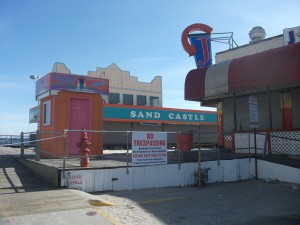 Indeed, is there really anything wrong with leaving a community better off than it was before? By the time the Hurricane Sandy Rebuilding Task Force issued its report in 2013, this bridge appears to have been crossed. The task force answer was clearly that we want very much to rebuild communities that would be more resilient in the face of future disasters. Ideally, that would not mean that such communities would merely regain their pre-disaster status quo more quickly, although that seems to have been the goal for more than a few communities after Sandy. The bigger vision just never materialized. At the same time, however, the U.S. Department of Housing and Urban Development has been seeking ways, most recently through the National Disaster Resilience Competition, to encourage states and communities to think about improvements that, in particular, instill greater resilience among their most vulnerable populations.
Indeed, is there really anything wrong with leaving a community better off than it was before? By the time the Hurricane Sandy Rebuilding Task Force issued its report in 2013, this bridge appears to have been crossed. The task force answer was clearly that we want very much to rebuild communities that would be more resilient in the face of future disasters. Ideally, that would not mean that such communities would merely regain their pre-disaster status quo more quickly, although that seems to have been the goal for more than a few communities after Sandy. The bigger vision just never materialized. At the same time, however, the U.S. Department of Housing and Urban Development has been seeking ways, most recently through the National Disaster Resilience Competition, to encourage states and communities to think about improvements that, in particular, instill greater resilience among their most vulnerable populations.
The question won’t go away, and fortunately, there are plenty of people, particularly within the growing community of climate change adaptation professionals, who remain engaged. This is a very good thing because, in the face of phenomena like climate change and sea level rise, hazard mitigation faces the prospect of running hard merely to stay in place, a la Alice in Wonderland. Elevate homes, retreat from the seashore, and you find in another generation that you have gained little or nothing because average temperatures are rising and the sea is following you to higher ground. This is precisely why the latest guidance from FEMA on hazard mitigation assistance insists that states and communities must begin to account for climate change in the hazard mitigation plans that qualify them for federal grants. There is little sense in spending federal money to mitigate the same problem repeatedly when you can do it once with more foresight.
At the risk of oversimplifying the underlying questions, which can and do fill volumes of scholarly and professional analysis these days, I lay this out as the background for introducing a remarkable new document unleashed into this debate by The Kresge Foundation. Bounce Forward, a strategy paper from Island Press and the foundation, which funded the project, raises the question of what constitutes “urban resilience in the era of climate change.” At the outset, it confronts the fear I cited at the beginning of this blog post—that of losing the essential poignancy of the message of resilience. It states:
But the transformative potential of resilience is far from assured. There are several potential pitfalls. Notably, if resilience is conceived simply as “bouncing back” from disaster, it could prove harmful, by reinforcing systems that compound the risks our cities face. More insidiously, the concept of resilience could be co-opted by opponents of meaningful reform. And if efforts to build resilience do not also mitigate climate change, they will be of limited use.
I sense an echo here. For some years, at the American Planning Association and some allied organizations, we have talked of “building back better” as the real goal of disaster recovery. (See Planning for Post-Disaster Recovery: Next Generation.)* But resilience is about much more than effective recovery from disasters. It is also about positioning a community’s human and institutional resources to respond to all manner of setbacks, whether stemming from chronic decline and social pressures, or from the impact of nature on the built environment, to deal more creatively with those problems so as to evolve a society that can help its least advantaged sectors in responding to those threats and to become more prosperous and confident. A commitment to social justice must be inherent in the formula. A society that imposes unfair environmental burdens upon, and denies opportunities to, its most economically challenged elements cannot be resilient in any meaningful way. Such a society is merely perpetuating its vulnerabilities. A community is only as strong as its weakest link. In an “era of rapid change,” the Kresge report says, in effect, that weakest link is getting weaker, inequalities are growing and will be magnified by the impacts of climate change, and the concept of resilience means nothing or worse if it does not address these issues.
The aim of Bounce Forward is to create a framework for doing so. Stronger social cohesion and more inclusive community decision making are among the ingredients essential to this transformation. What’s more, as such reports go, this one is a very good read.
Jim Schwab
*I wish to note that, at the invitation of The Kresge Foundation, I have participated over the past year as a member of its Project Advisory Committee for a study of community resilience being prepared by Stratus Consultants, which is still being completed. I also represented APA at a Kresge Foundation symposium on resilience at the Garrison Institute, held last June in Garrison, NY. Because of our common agendas, APA has had an active interest in supporting the Kresge initiatives on this subject.

